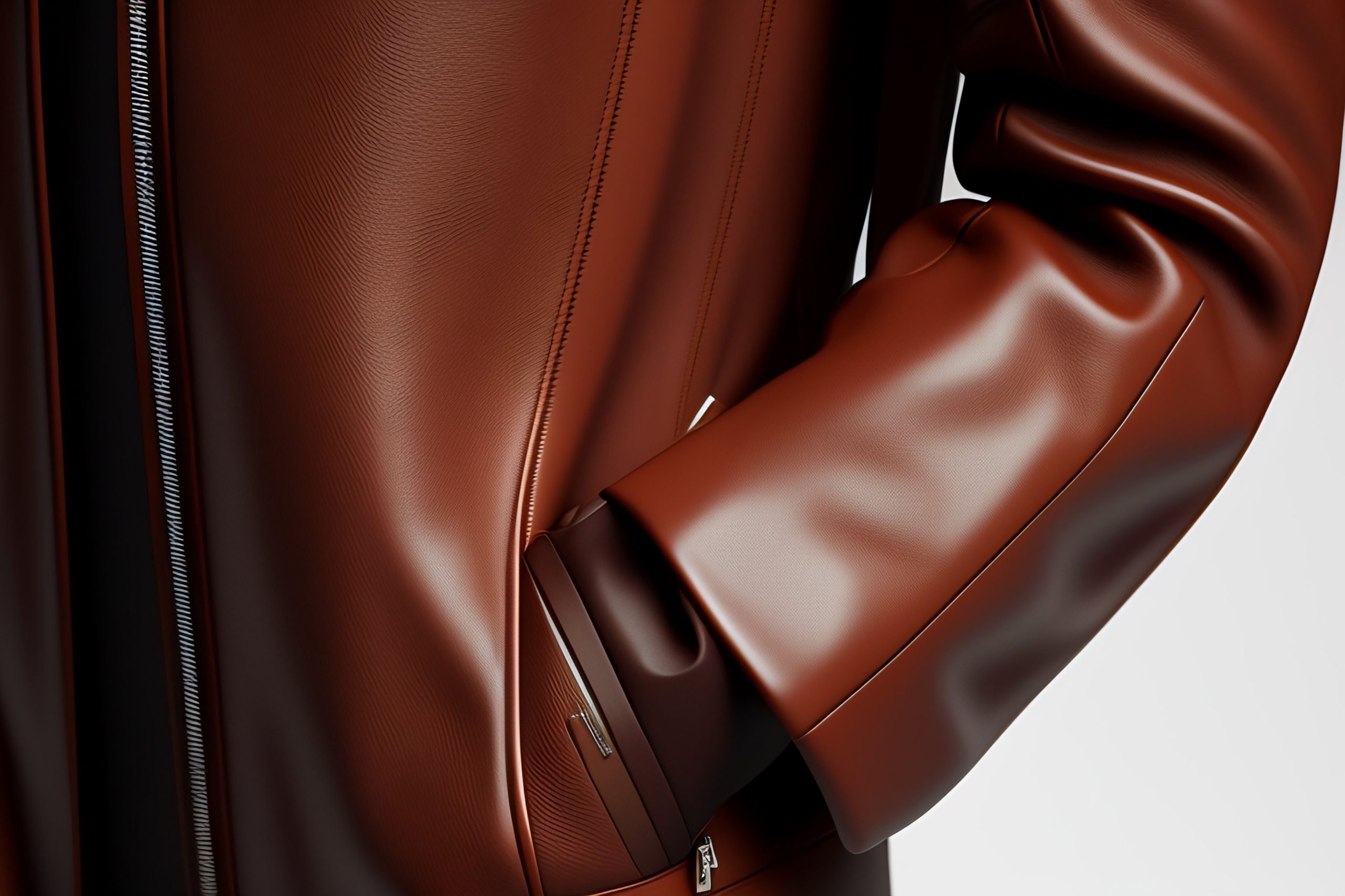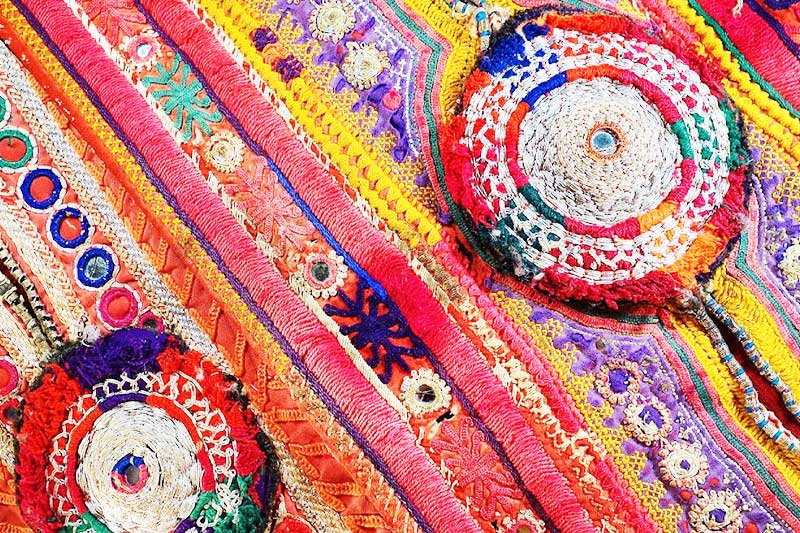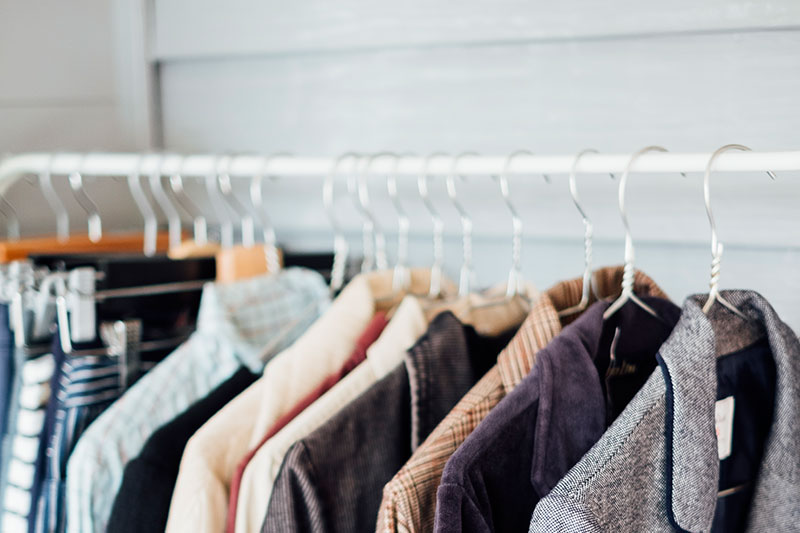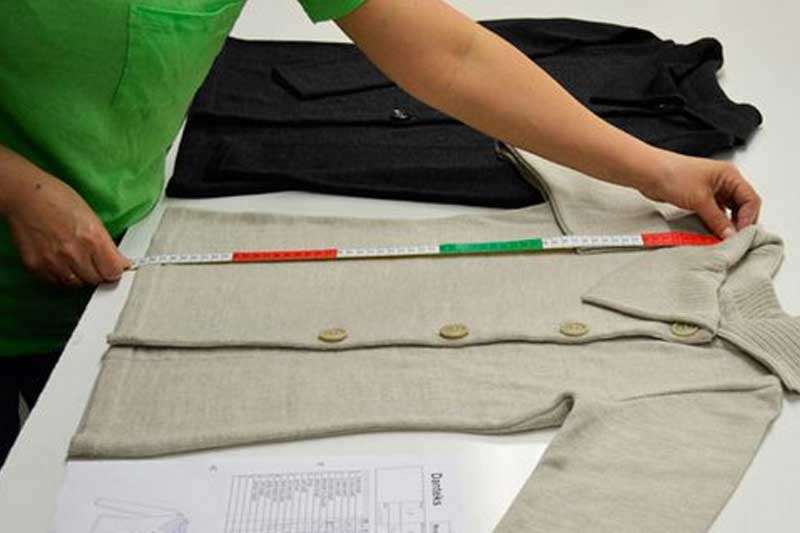Modern Innovations in Textile Preservation
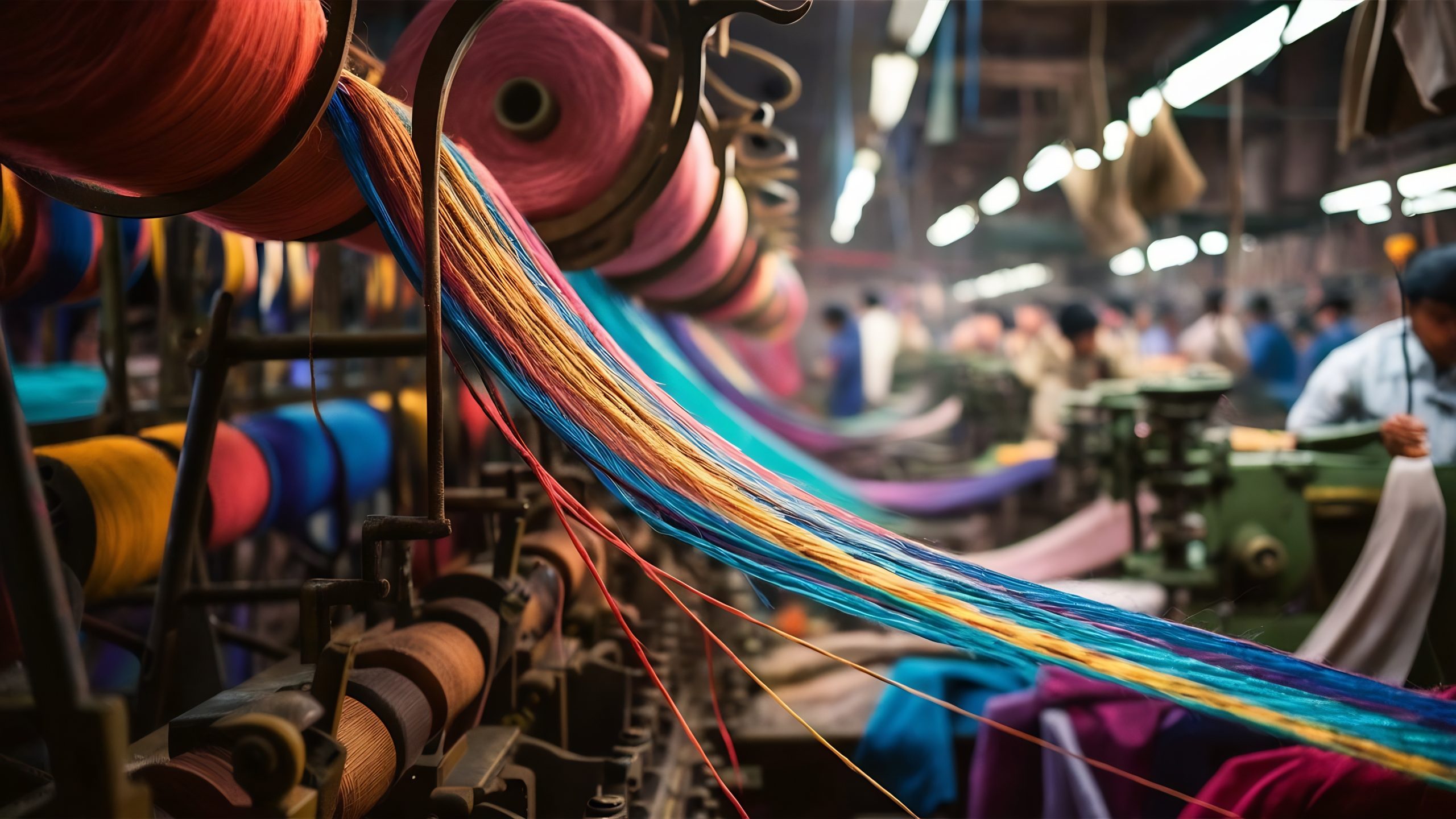
In the words of ‘Colleen Atwood’, “He grew up in the age of polyester and when he experienced the feel of non synthetic fabrics, his mind went in a new direction. He further realized that it is crucial to understand how a fabric feels on your skin.” Sustainable Textile Innovations
We are living in an era of design, technology and innovation which has indeed revolutionized the making of traditional textiles. Novel contemporary features as well as eco friendly materials are infused while manufacturing textiles in a unique way so as to preserve the long carried traditions as well. These days designers have come up with the new generation ‘smarter textiles’ which are built using user-friendly sensors and trendy electronics which enhance the overall purpose and consumer experience. Almost every day we come across sustainable textile innovations employing methods such as natural dyes and zero-waste engineering criterion which lessen the ecological impact. The widely used ordinal designs and manufacturing tools beautify the creative expression and customization adding to the preservation of modern textiles. Our textile market is evolving at a rapid pace, setting benchmarks, captivating the vast global audience and securing a platform wherein it is ready to launch itself as an everlasting art form backed by technology and innovation. Every textile manufacturing company is competing on a worldwide stage and ready to become a trendsetter. The aggregate pressure on the leading brands has brought them in a battle to speed up the innovation process and find sustainable textile alternatives.
Textile engineers are using pioneering methods such as biotechnology, nanotechnology, 3D printing, recycled fibers and water-saving techniques for developing sustainable fabrics which have transformed the manufacturing industry.
Vegan Leather
Recently the boot-manufacturing brand, ‘Viron’ took an initiative against the devastation of the earth’s possessions and made boots from ‘vegan leather’. They used the leftover apple peels and seeds collected while manufacturing juices in the Italian market. Thus e-waste was further dried and reduced to a powdered form and blended along with ‘polyurethane’. As a result a new kind of material came into being known as ‘vegan leather’ used widely for manufacturing boots. It is believed to be tough, breathable and much more resistant. Other sustainable ingredients as fruit peels, recycled plastics and pineapple leaves can also be used for creating vegan leather.
‘Desserto’, the first Australian brand is ruling the fashion world using vegan leather carved from vegan cactus for the manufacture of belts, purses, jackets, handbags, shoes and much more. Vegan leather is also used for making leather seats by prominent brands such as Tesla, Ferrari, BMW and Mercedes Benz. We are thus moving towards a planet-friendly approach using an elegant form of ‘killer leather’, which gives you a killer appearance without killing the fauna.
Leather derived from Fungi
Countries across the globe are moving towards the usage of fungi based leather alternatives over synthetic leather fabrics as they are gradually meeting consumer hopes and expectations. This innovative class of leather is obtained by recycling low-priced agricultural and woodland waste, and converting them further into polysaccharides and chitinous polymers utilizing a carbon-neutral natural fungal growth method. The resultant material undergoes further physical and biochemical treatments and sheets of mycological biomass are obtained resembling leather.
‘Mycoworks’, an emerging mycological-leather enterprise recently attracted the attention of the buyers worldwide when it partnered with a leading leather creator – ‘Hermes’ for manufacturing fungal leather for environment conservation.
Fabrics Derived from Orange Fibers
Experts from Milan Polytechnic University – Erica Arena & Adriana Santanocito have recently created sustainable fabrics from orange fibers, tackling the problem of waste disposal for the Italian Citrus Juice Industry.
Orange Fibre & The Lenzing Group has been listed amongst the leading universal producers of sustainable fibers extracted from oranges as well as wood pulp. You can also find orange fiber yarns manufactured in the factories of ‘Pozzi Electa’, a partner of the ‘Orange Fibre’ Group.
Biodegradable Sneakers
Paul Smith & Hugo Boss have recently launched eco friendly sneakers made from fibers extracted from the leaves of pineapple floras. Shoes alone can be carved fro a combination of e-waste of more than 10 materials. When paper is blended with wood, it helps in the recycling of shoes, a massive step towards environmental sustainability. Tommy Hifiger came up with a new concept of carving out sneakers from cellulose (Frumat) originally extracted from apple peels and organic core waste.
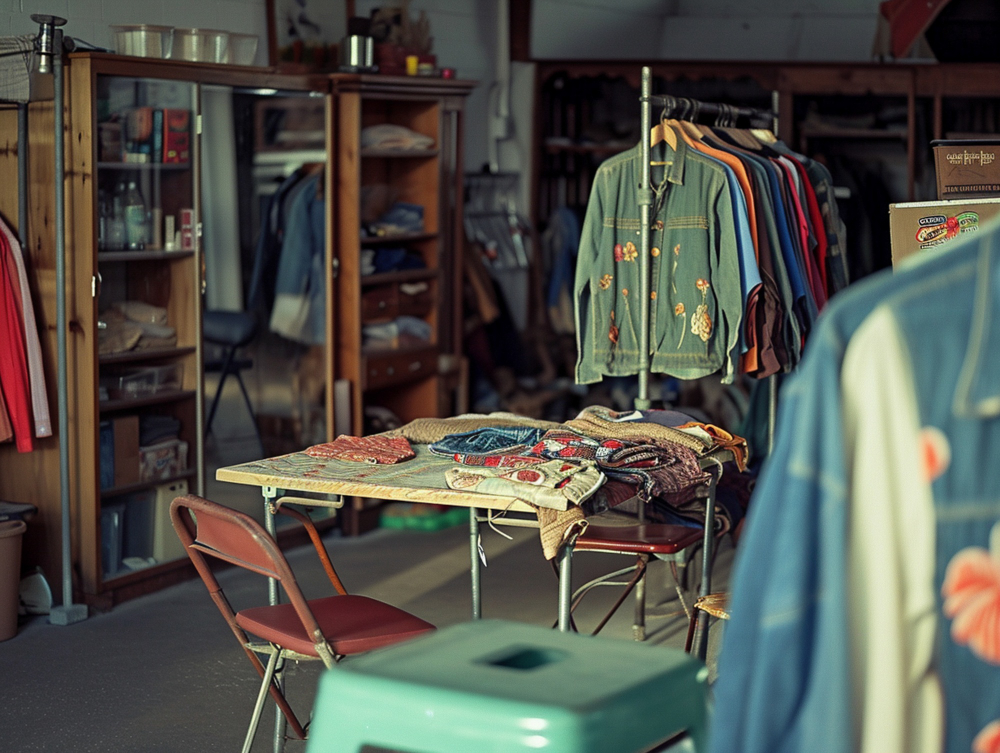
Challenges faced by the textile industry in the coming future
Ø Scalability Dilemma: In the world of cutting-edge textiles, the question of scalability looms large. As new methods emerge, like those used by Mycoworks, the challenge lies in whether these innovations can truly replace traditional manufacturing on a large scale. The hunt for scale often raises ecological concerns, as large-scale operations are typically more environmentally taxing than their smaller counterparts. This stimulates a critical debate: Should sustainable fashion aim to match the production scale of major players or focus on smaller, collaborative efforts to avoid supply chain monopolies?
Ø Manufacturing Costs & Conservational Impact: The very existence of alternative textiles may somewhat contribute to overproduction, lessening their eco-friendly potential. For instance, the cultivation of plants for these textiles could lead to deforestation. Additionally, the need to blend plant components with recycled plastic raises concerns about microplastic pollution during washing. The energy footprint of these textiles further adds to environmental worries, especially in a world coping with escalating energy demands.
Ø Buyer Involvement & Affordability: The innovation of alternative fabrics introduces fears regarding their durability compared to traditional materials. Will these textiles stand the test of time, or will they necessitate more frequent consumer purchases, perpetuating the production-consumption cycle? Moreover, the latent higher cost of these materials raises questions about accessibility. Could the boom in alternative textiles create a market where sustainable options become unaffordable for a significant portion of consumers, leading to unsold stock?
Ø Ever-changing Industry Crescendos: On a positive note, the introduction of innovative textiles is reshaping the fashion industry. Textile expos like the Future Fabrics Expo & Premiere Vision Paris Expo showcase a growing interest and demand for these alternatives, bringing together like-minded folks and diversifying consumer choices.
Ø A Deeper Outlook & Policy Control: These trendy textiles not only fascinate the public but also fuel discussions through reports and analyses. Events like Copenhagen Fashion Week’s Annual Sustainability Report and the Changing Markets Foundation’s research contribute to a deeper consideration of the challenges, encouraging policy-making initiatives.
More News
Rural India’s Design Labs: Where Craft Meets Contemporary
The overlooked rise of design innovation beyond urban India In the vast, textured fabric of India's garment and fashion industry, the story…View More
India’s Evolving Role in Global Apparel Supply Chains
In the last few years, global apparel supply chains have been tested like never before. From pandemic-related disruptions to rising geopolitical tensions…View More
Quality Control in Garment Manufacturing: What’s Changing in 2025?
In 2025, garment manufacturing is entering a new era—one defined not only by speed and scale, but by precision, consistency, and sustainability.…View More
How to Identify Authentic Indian Handloom Products?
Indian handloom products are a timeless testament to the country’s rich cultural heritage and craftsmanship. From luxurious Banarasi silks to timeless Khadi…View More
How to Start a Garment Manufacturing Business in India?
India’s textile and garment industry has always been a major contributor to the country’s economy, offering vast opportunities for entrepreneurs. With the…View More
Download
Register Now
Recent Posts
Show Countdown
DELHI
Bharat Mandapam (Pragati Maidan), New Delhi, India
- days
- Hours
- Minutes
- Seconds
MUMBAI
Bombay Exhibition Center, Mumbai

